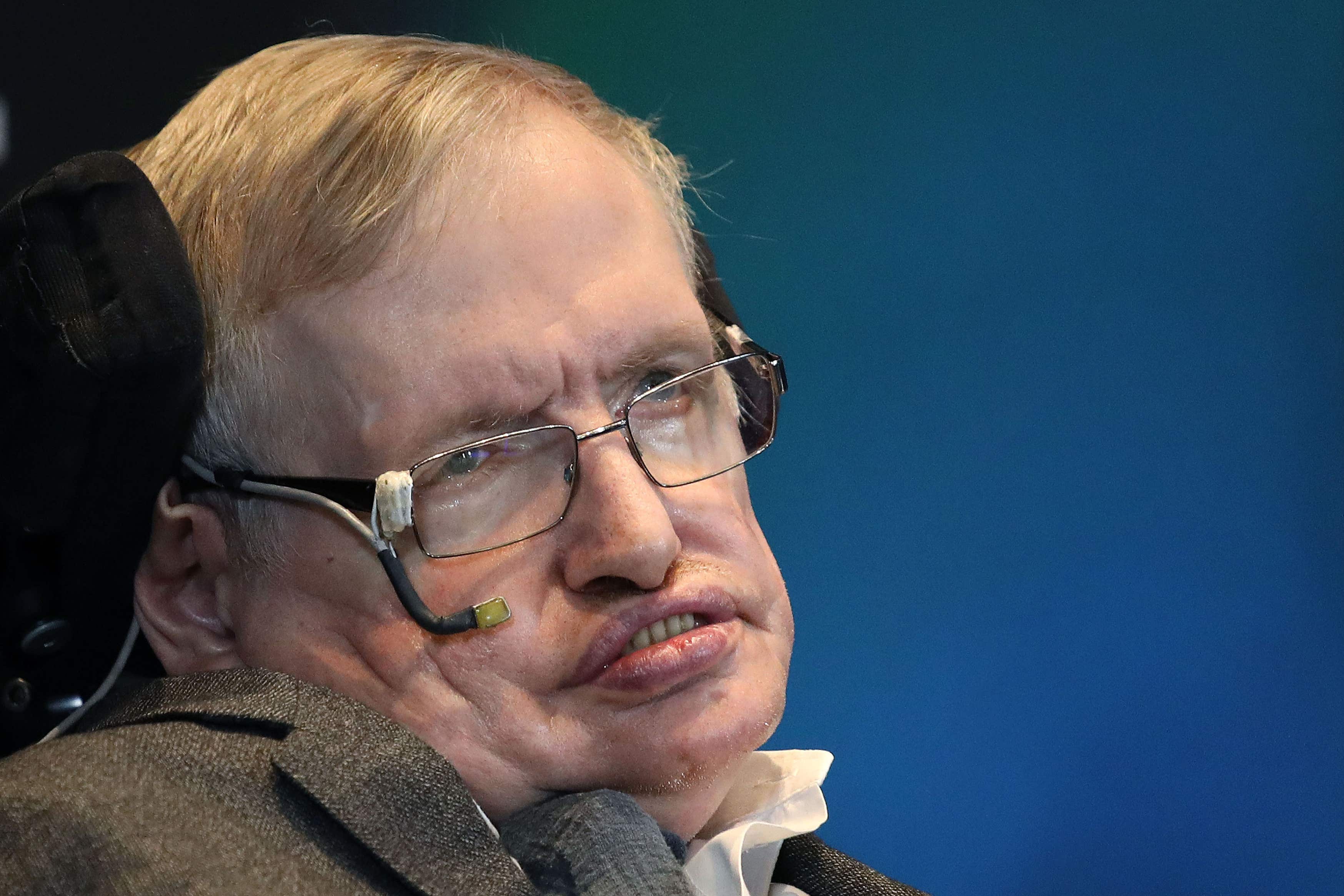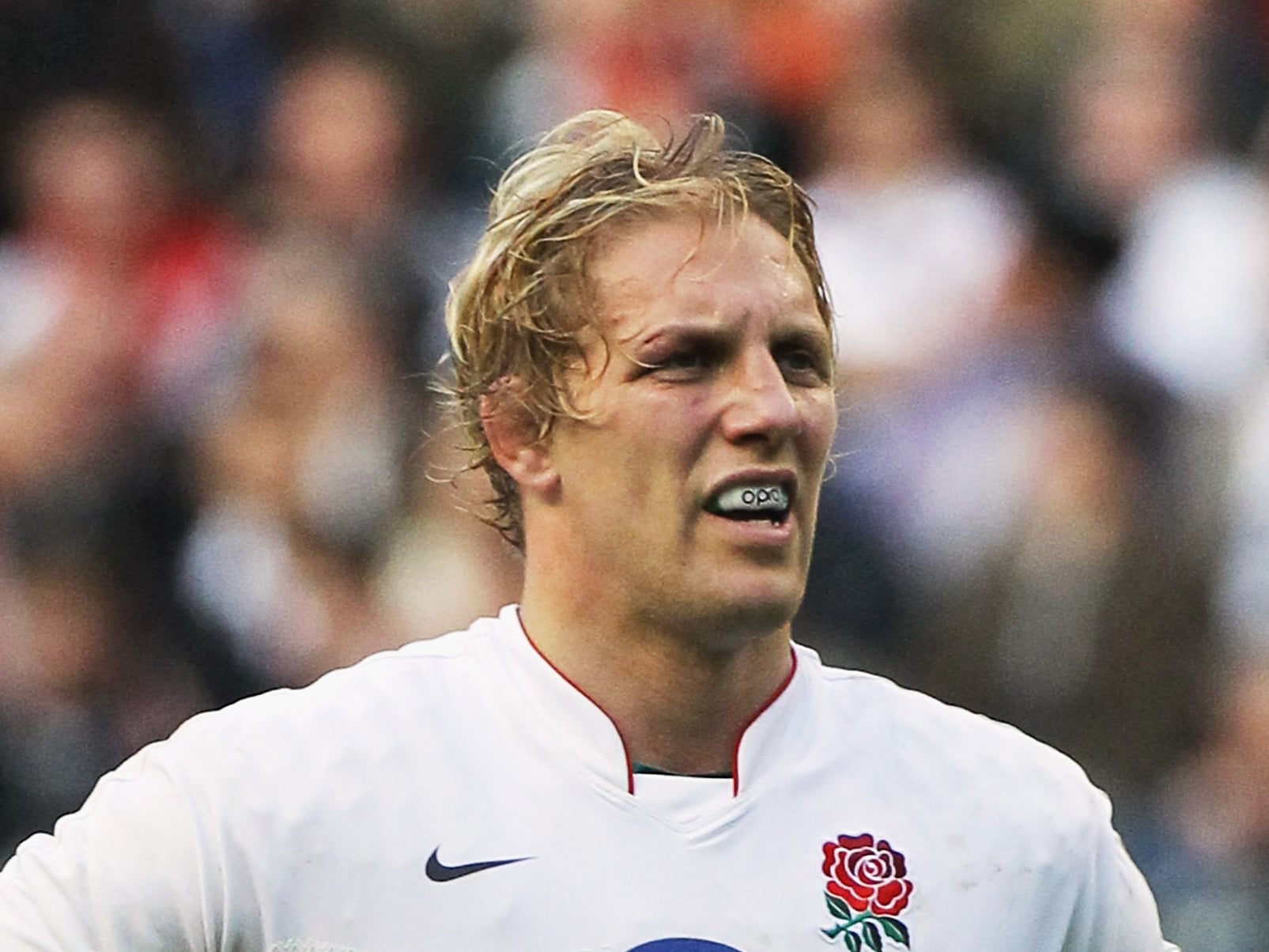Former England rugby captain Lewis Moody has been diagnosed with motor neurone disease (MND).
The 47-year-old flanker, who won several titles throughout his 16-year career, discovered he had the disease after finding weaknesses in his shoulder during a training session at the gym.
He said his symptoms are very minor, stating, “I have a bit of muscle wasting in the hand and the shoulder.”
Moody’s fellow rugby players Doddie Weir and Rob Burrow both had MND, with Weir dying in 2022 and Burrow in 2024, five years after his diagnosis.
Affecting approximately two in every 100,000 people in the UK, the disease impacts the nerves in the brain and spinal cord, leading to gradual damage to the body’s nervous system.
Here’s everything you need to know about MND:
What is motor neurone disease?
MND is a life-shortening neurological disease which affects the nerves that control movement, causing muscles to stop working, according to the MND Association.
The charity says these nerves – motor neurones – control muscle activity such as walking, speaking and swallowing.
But as they are attacked, the brain’s messages gradually stop reaching muscles, leading to weakness and wasting, followed by breathing difficulties.
The MND Association says some people also experience changes to their thinking and behaviour.
MND is frequently referred to as amyotrophic lateral sclerosis (ALS).
ALS is the most common form of MND among adults, according to the National Institute of Neurological Disorders and Stroke.
ALS affects the upper and lower motor neurones. Upper motor neurones are transmitted from the brain to nerve cells in the brain stem and spinal cord, before being transmitted to muscles around the body.
What are the early signs of MND?
The NHS says MND symptoms occur gradually so may not be obvious at first.
Early symptoms include weakness in ankles or legs, slurred speech, difficulty swallowing food, a weak grip, muscle cramps and twitches and weight loss.
How is motor neurone disease treated and can it be cured?
There is no cure for MND and the disease will progress over time, according to the MND Association.
How long people live with the condition varies, but some survive for years, and even decades. Professor Stephen Hawking lived for more than 50 years after being diagnosed at the age of 21.
MND can be treated with occupational therapy, physiotherapy, a medicine called riluzole and medication to relieve muscle stiffness and help with saliva problems, the NHS said.

Who does the condition affect?
According to the MND Association, up to 5,000 adults in the UK have the disease at any one time.
The organisation says it can affect any adult at any age, but it is more likely to occur in people over the age of 50.
What causes MND?
The health service says it is caused by a problem with cells in the brain and motor neurones.
It is not yet known why these cells and neurones gradually stop working over time.
The NHS says having a close relative with MND, or a related condition called frontotemporal dementia, can sometimes mean you are more likely to get it, but in most cases it does not run in families.
Are rugby players more at risk of motor neurone disease?
In 2022, a study led by the University of Glasgow found evidence of a considerably increased risk of the degenerative disease among former rugby players.
The research, published in the Journal of Neurology Neurosurgery & Psychiatry, compared health outcomes among 412 male former internationals and more than 1,200 matched individuals from the general population.
It found that ex-rugby players had more than twice the risk of a neurodegenerative disease, and a 15 times higher risk of an MND diagnosis.
The study prompted calls for the elimination of contact training and a reduction in the global rugby calendar.

Which rugby players have been diagnosed with the disease?
Gloucester lock Ed Slater announced in 2022 that he would be retiring at the age of 34 after being diagnosed with MND.
Scottish rugby international Weir died in 2022, at the age of 52, after being diagnosed in December 2016.
The late South African scrum-half Joost van der Westhuizen died in 2017 after it was announced he had the disease in 2011.
Former rugby league star Burrow, who was diagnosed with the condition in 2019, died in 2024.
Additional reporting by agencies
Nurse who dismissed pain as muscle injury has leg amputated after rare tumour found
Selena Gomez has been diagnosed with it. Here’s what you need to know about lupus
Research suggests tattoos might protect against deadly cancer
The health issues that could be an early sign of lung cancer
Children as young as 6 influenced by gender stereotypes over what job they want to do







